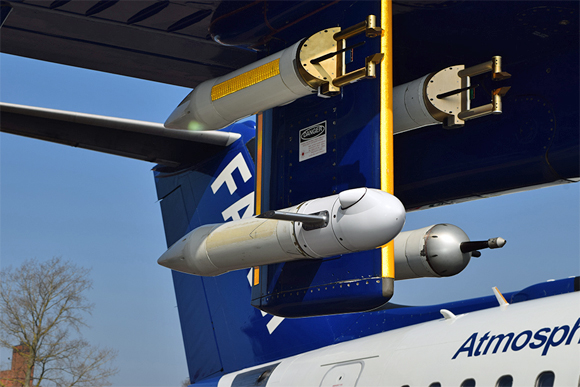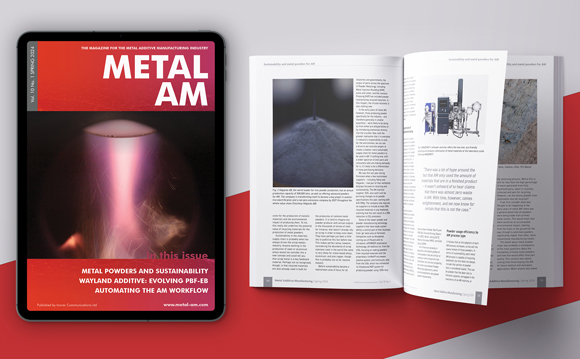GKN Aerospace reports successful first flight of additively manufactured ice detection probe
June 30, 2017

GKN Aerospace’s ice protection system (Courtesy Facility for Airborne Atmospheric Measurements)
GKN Aerospace recently flew its patented Optical Ice Detector (OID) for the first time onboard an atmospheric research aircraft operated by the Facility for Airborne Atmospheric Measurements, Cranfield, UK, the company reports. The titanium probe housing was additively manufactured at GKN using a laser powder bed system.
The OID features a small sensor head designed to be fully compatible with GKN Aerospace’s ice protection system (IPS) technology, as well as in standalone devices. The sensor head incorporates optical fibres arranged to emit laser light into any ice that forms over the head and collect the laser light that is reflected by the ice. This head can be integrated into any ice accreting surface on the aircraft or in the internal areas of gas turbine engines.
In particular, use of the OID may allow more precise control of an aircraft’s IPS, by only activating the system in areas where ice is actually accreting, rather than the current method wherein the whole IPS is activated in response to icing conditions.
During the course of its first flight, the OID successfully detected numerous ice accretion events, matching the ice detection performance that it had demonstrated in GKN Aerospace’s Icing Research Tunnel in Luton, UK. The OID also measured the thickness and rate of accretion of the ice present.
Russ Dunn, Senior Vice President of Engineering, Technology and Quality for GKN Aerospace, stated, “This successful first flight of GKN’s OID technology was the result of positive collaboration between our Additive Manufacturing and ice protection teams and marks a significant milestone in maturing the capability.”
















